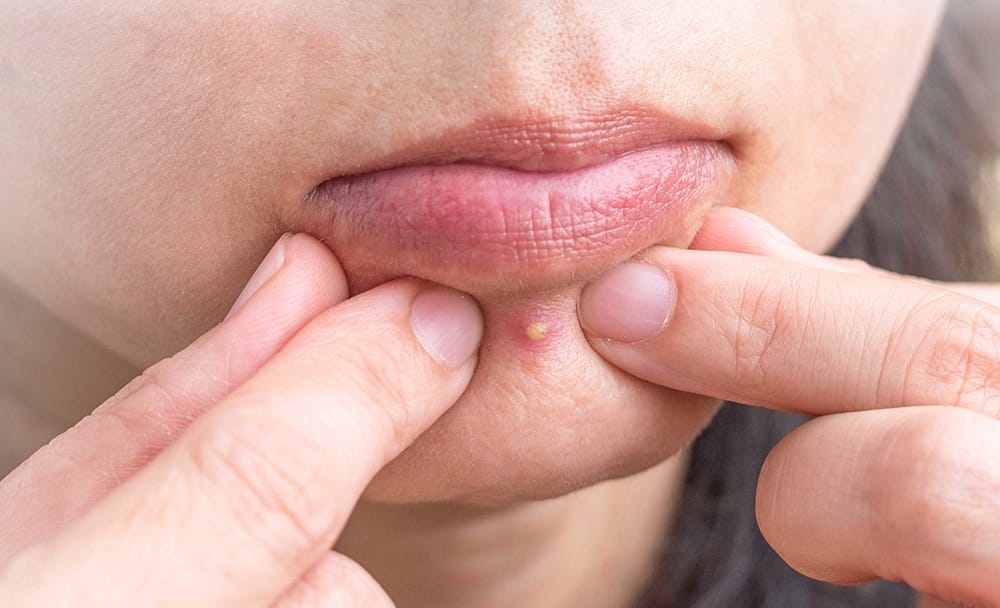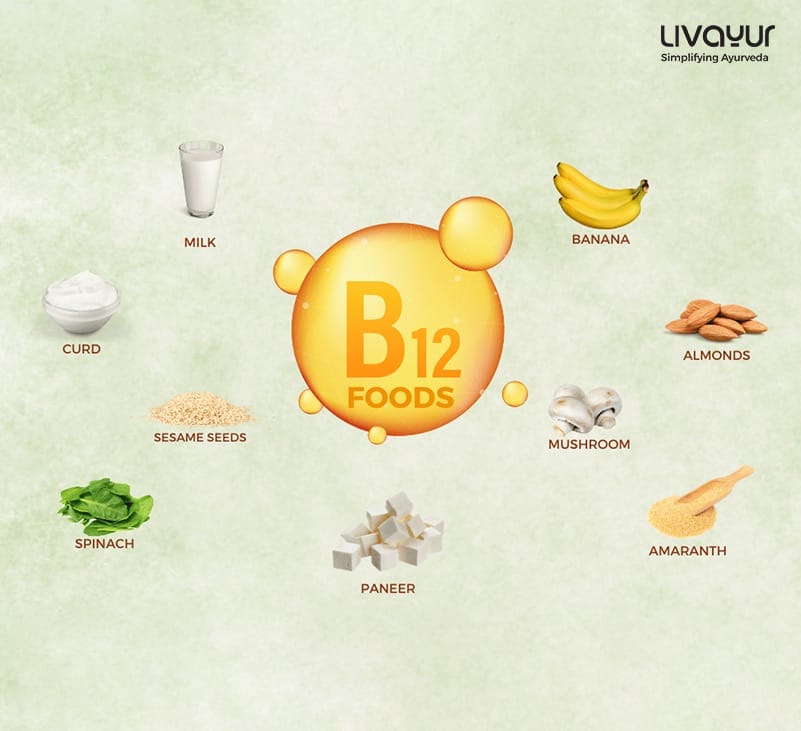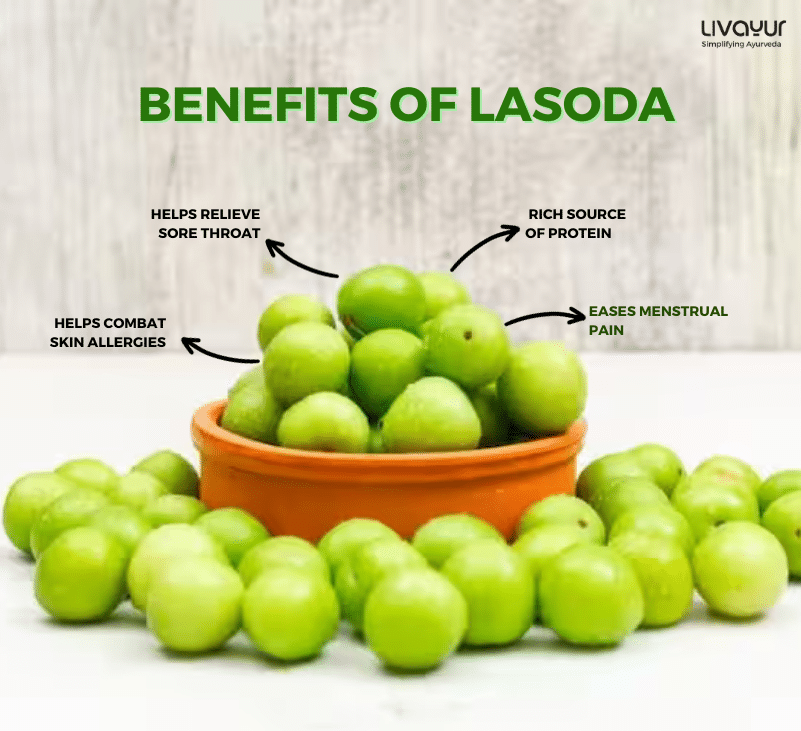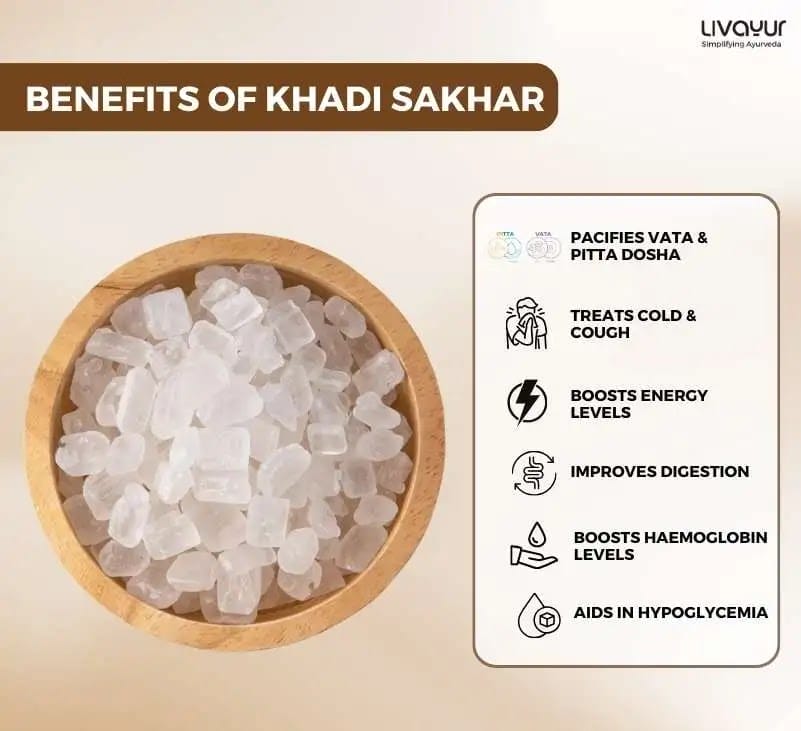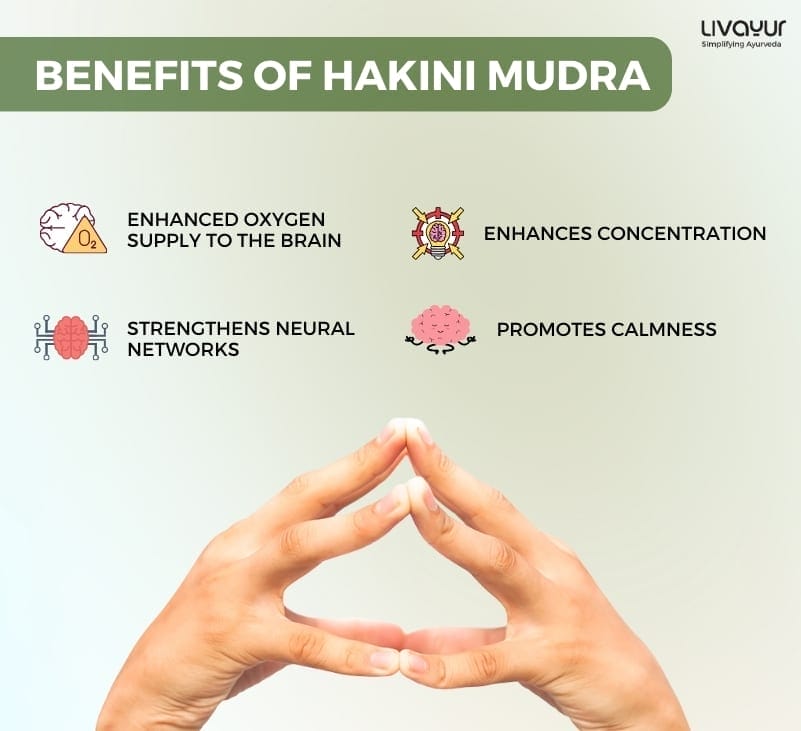Warts, which are also known as ‘verrucae,’ are common and benign viral HPV (human papilloma virus) infection of the skin as well as the adjacent mucous membranes, and the mode of transmission is probably via direct contact; however, autoinoculation is also possible. This is why warts occur.
According to Ayurveda, this ailment of skin warts is quite comparable to ‘charmakeela.’ The pathogenesis of this disease because of vitiation of Vata and Kapha over the skin leads to development of hard nail structures, which are known as charmakeela [1].
In the science of Ayurveda, the features are described based on the domination of the Doshas. When it comes to Vata-dominated Charmakeela, the individual feels a sharp prickling pain; in Kapha domination it takes the appearance of nodules without altering the skin colour; and in Pitta-dominated Charmakeela (because of vitiation of Rakta or blood) it appears blackish in colour and dry, oily, or hard in texture [1].
In actual practice, skin warts treatment is more likely to need an individualised approach and generally requires more than one therapeutic modality to accomplish complete resolution. The management of warts also depends on the individual’s age, immunological status, treatment cost and availability, the individual’s desire for appropriate therapy, and the ability to adhere to the treatment regimen [1].
Myriad ingredients for different procedures [1]
- Betel leaf stalks and mixture of lime and copper sulfate in equal quantities.
- Kshara Jala (concentrated): This solution is prepared by mixing 10 grams of Apamarga Kshara in 50 millilitres (ml) of distilled water.
- Paste derived from Changeri leaves
- Agnikarma Shalaka or electrocautery
- Internal medications such as Arogyavardhini, Manjishthadi kwatha, and Vatari guggul (internal medicines play a limited role and could help in the prevention of recurrence post excision of warts.
- Ligation with horsehair or Kshara sutra
Diverse Ayurvedic methods to treat skin warts [1]
- Lekhana Karma (or scraping procedure): A mixture comprising of lime and copper sulfate paste must be applied over the wart; after five minutes, the wart must be rubbed by the stalk of the betel leaf from the base continuously until the cutting of the wart’s complete base.
- Rubbing the wart with the paste derived from Changeri leaves
- Application of the alkali lotion or Kshara Jala. Its concentrated form must be applied precisely over the warts for around 4-5 hours each day until they fall off.
- Ligation of horsehair or Kshara sutra: Horsehair (also known as Kshara sutra) must be tied after its application around the wart’s base.
- Thermal cauterization (or Agnikarma): Post infiltration of the L.A at the base, the warts can be eventually excised by red hot Shalaka (or pointed metallic rod) in the process of electrocautery.
Observations of Diverse Procedures [1]
The procedures described above must be done in a precise manner to attain the best outcomes of the treatment. Some of the below-mentioned observations must be noted with different procedures:
Lekhana karma (Scraping Procedure)
- Individuals may experience mild pain during the course of the procedure.
- The betel leaf’s stalk can be changed during the procedure if it loses strength
- While rubbing intermittently, the paste of lime and copper sulfate can be successfully applied at the base by the stalk.
- Post-completion of the procedure, bandaging may be done after dusting with turmeric powder on the first day and later dressing with Jatyadi taila.
Rubbing with the paste derived from Changeri leaves
- This procedure may be continued till the wart falls off.
- It may be beneficial in flat warts for cosmetic purposes.
Application of Kshara Jala (alkali water)
- Apply the lotion with a cotton squab.
- Precautions must be observed so that there is no spillage on healthy skin.
Ligation of Horsehair or Kshara sutra
- Ligation must be around the wart’s base.
- Individuals may experience pain.
Thermal cauterisation (or Agnikarma)
- Local infiltration at the wart’s base
- Precautions must be observed so that normal skin is not injured.
- Post completion of the procedure, bandaging may be done after dusting with turmeric powder for the first day, followed by dressing with Jatyadi taila.
To Sum It Up
Warts are common and benign HPV infections of the skin. In the science of Ayurveda, warts can be compared to the skin ailment ‘Charmakeela.’ Myriad Ayurvedic procedures treat the occurrence of warts efficiently with the use of diverse ingredients. Lekhana karma, Kshara Jala, Kshara Sutra, and Agnikarma are just some of the most promising procedures with Ayurveda benefits.
References:
- https://www.ncbi.nlm.nih.gov/pmc/articles/PMC3215404/#:~:text=During%20rubbing%20intermittently%20lime%20and,common%20warts%20and%20filiform%20warts.






